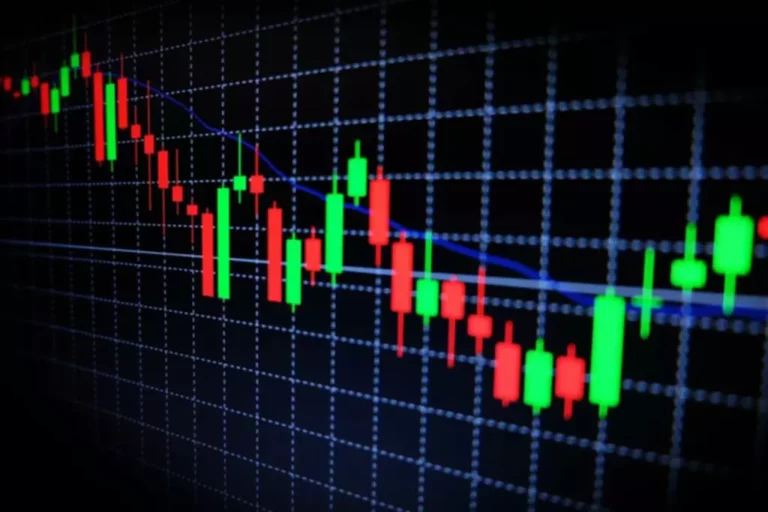The prices of belongings on an AMM routinely change relying on the demand. For example, a liquidity pool might maintain ten million dollars of ETH and ten million dollars of USDC. A dealer might then swap 500k dollars price of their own USDC for ETH, which might elevate the value of ETH on the AMM. Superior Automated Market Maker (AMM) concepts are evolving to deal with challenges and enhance the effectivity of liquidity pools, including those found in liquidity swimming pools in DeFi. These improvements are essential for bettering person experience and optimizing returns.
At Present, mathematical fashions and stablecoin-based liquidity pools exist to reinforce effectivity and cut back slippage. Therefore, there wouldn’t be dependence on conventional market makers with this adoption. In summary, AMMs work by utilizing liquidity swimming pools to facilitate trades instantly on the blockchain. They replace the normal order e-book mannequin with a system that’s open to anyone, providing a decentralized and environment friendly trading expertise.
The core of our theory is an summary operational mannequin of the interactions between users and AMMs, which could be concretised by instantiating the economic mechanisms. We exploit our concept to formally show a set of basic properties of AMMs, characterizing each structural and financial aspects. We do that by abstracting from the precise financial mechanisms used in implementations and figuring out enough conditions which make sure the relevant properties.

AMMs have played a big role within the DeFi (Decentralized Finance) area, and their reputation might continue to grow. As An Alternative of counting on the traditional consumers and sellers in a monetary market, AMMs maintain the DeFi ecosystem liquid 24/7 through liquidity swimming pools. Conversely, Automated Market Maker (AMM) trades influence token prices – positively or negatively. It affects the reserve ratios of property within the pool, impacting the availability of more belongings when there is a higher demand for one. Automated market maker (Amm) presents a way of accessibility and inclusivity to each dealer.
This automation enhances the transparency, security, and effectivity of the trading course of. Automated Market Makers are poised to play a transformative position in the method ahead for Initial exchange offering decentralized finance. Their revolutionary mechanisms and decentralized nature supply a number of advantages that may reshape the financial landscape.

Decentralized exchanges, or DEXs, take a basically different method to crypto trading in comparability with their centralized counterparts. They aim to remove intermediaries and custodial infrastructures, allowing users to commerce immediately from non-custodial wallets where they control the private keys. Conventional AMM designs require huge quantities of liquidity to realize the same degree of worth impression as order book-based exchanges. This inefficiency arises because a vital portion of AMM liquidity only becomes available when the pricing curve turns exponential. Rational merchants usually keep away from these extreme value impacts, leaving many of the liquidity unused.

These swimming pools then use algorithms to set token costs based on the ratio of belongings in the pool. When a user wants to trade, they swap one token for one more instantly by way of the AMM, with costs determined by the pool’s algorithm. Liquidity Pool is a group of funds users contribute to facilitate decentralized buying and selling. The funds are locked in good contracts or pairs of tokens to provide liquidity for trades. This pool-based system is an different to order books and works effectively what are amms to ensure seamless exchange. In the cryptocurrency or decentralized finance (DeFi) ecosystem, some key gamers influence the liquidity of exchanges and estimate prices.
AMMs typically work without centralized intermediaries, giving users higher autonomy and management. This decentralization aligns with the broader targets of blockchain and crypto, promoting a more open and accessible monetary system. AMMs are open-source, which means they’ll combine into varied DeFi protocols beyond simply buying and selling. They can be used in lending and borrowing, showing their adaptability and enriching the DeFi ecosystem with a spread of economic companies and improvements.
This permits AMMs to adjust their prices more precisely and concentrate liquidity within relevant value ranges, decreasing the chance of slippage. DEXs like DODO utilize exterior price feeds for his or her AMMs, facilitating over $120 billion in trading quantity so far. Understanding these challenges is essential for anyone taking part in AMMs, whether or not as a trader or a liquidity supplier, to navigate the DeFi ecosystem effectively.
With the mathematical formulation, AMMs allow dynamic price changes relying on the pool’s scenario, i.e., demand and supply. That means if there’s a https://www.xcritical.com/ change to the liquidity, there is a vital change to the price equilibrium. This refers to the difference between the anticipated worth of a commerce and the price at which the commerce is executed.
Layer 2 scaling options are designed to enhance the scalability and efficiency of blockchain networks, addressing the limitations of Layer 1 options like Ethereum. These options are particularly beneficial for automated market makers (AMMs), which regularly face challenges related to excessive transaction charges and sluggish processing times. Concentrated liquidity AMMs symbolize a major evolution within the automated market maker model. In Distinction To traditional AMMs that spread liquidity evenly across all worth ranges, concentrated liquidity allows liquidity providers to allocate their capital within specific worth ranges.
You can consider an automatic market maker as an engine fuelling the operations of the DEX in sight. The operating principle of those AMMs depends on a special formulation where the worth of an asset is represented by the quantity of both the assets within the pool and not just one asset. The companies returned by the car wash are synonymous with the swapped tokens, which a particular liquidity pool of the concerned AMM provides in return for the deposits. Stockapps.com has no intention that any of the information it provides is used for unlawful functions.
First, it’s decentralized, that means it doesn’t rely on particular entities to provide liquidity. Instead, anybody can turn out to be a liquidity supplier by depositing tokens into the pool. This democratizes the market-making process and opens up alternatives for a wider vary of participants.